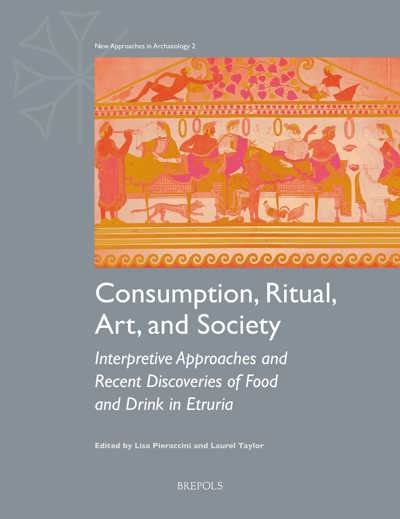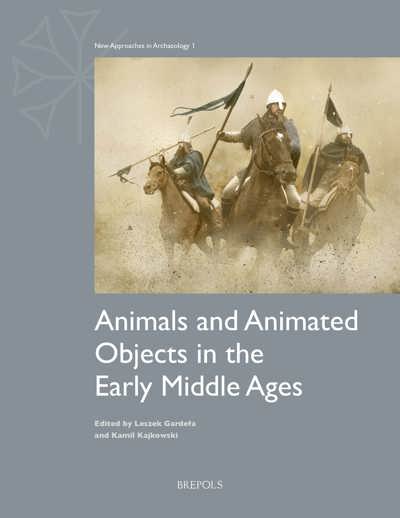
Limiting Spaces
The Attribution of Spatial Meaning through the Creation of Boundaries
Mari Yamasaki, Sonja Speck, Francesca Meneghetti (eds)
- Pages: 187 p.
- Size:216 x 280 mm
- Illustrations:69 b/w, 14 col., 4 tables b/w.
- Language(s):English
- Publication Year:2025
- € 80,00 EXCL. VAT RETAIL PRICE
- ISBN: 978-2-503-61749-7
- Hardback
- Available
- ISBN: 978-2-503-61750-3
- E-book
- Available
Mari Yamasaki is an archaeologist focusing on concepts of maritimity and ancient perception of underwater spaces. In 2021 she completed her PhD on the conceptualisation of the sea in the Eastern Mediterranean Bronze Age at Mainz University.
Sonja Speck is a doctoral candidate of Egyptology at Mainz University. Her current research focuses on the visual and funerary culture of Ancient Egypt from the Predynastic period to the Old Kingdom and the tracing of concepts in archaeological objects as well as architecture.
Francesca Meneghetti is an archaeologist interested in bridging the gap between archaeology and other humanities subjects. She recently published a book on miniaturisation in Late Bronze Cyprus, where she analyses miniatures from archaeological and anthropological perspectives.
This volume explores how boundaries were created, perceived, and experienced in past societies. Bringing together diverse theoretical and methodological approaches — from cognitive and processual to sensory and phenomenological — the contributors examine how spatial meaning is attributed through the creation and negotiation of boundaries. The volume is structured into three thematic sections: the first investigates how boundaries define and characterize space; the second focuses on the act of crossing boundaries and its role in shaping spatial significance; and the third examines the experience of boundaries, of their crossing, and of the spaces contained within them. Drawing on case studies from Prehistory to the Early Modern period, and spanning regions from Europe and Africa to Central Asia, the chapters reflect a wide range of archaeological traditions and perspectives. Through innovative analyses and interdisciplinary dialogue, this collection advances our understanding of how past societies organized, perceived, and interacted with space.
List of Illustrations
1. The Attribution of Spatial Meaning through the Creation of Boundaries: An Introduction
Mari Yamasaki, Sonja Speck, and Francesca Meneghetti
Part One. Delimiting Spaces
2. Conceptual Boundaries in Evolutionary Perspective: Peripersonality, Encapsulation, and the Extension of Neanderthal Worlds
Paul Pettitt
3. Vertical Boundaries and the Conceptualization of Built Spaces: Insights from the Experience of an Egyptian Old Kingdom Tomb
Sonja Speck
4. Defining Regional, Local, and Household and Activity Area Boundaries in Iron Age Saka Settlements and Mortuary Complexes in Southeastern Kazakhstan
Claudia Chang
5. Limited Perfection: Regular Mediaeval Towns and Villages in Central Europe: Wandering of Ideas, Laws and Measures
Maria Legut-Pintal, Krzysztof Fokt, Tomasz Klír, and Anna Kubicka-Sowińska
Part Two. Limits Between Spaces
6. On the Thresholds of Social Space in Swahili Towns of East Africa
Monika Baumanova
7. On the Edge: Hyperrealism, Motivated Symbolism and Situated Iconography in Northwestern Iberia during the Late Iron Age
Javier Rodríguez-Corral
8. Water Crossings as Structuring Elements in the Experience of Ancient Greek Sacred Space
Andrew Farinholt Ward
Part Three. Experiencing the Limit
9. Diving through the Mirror: The Liminality of Water Surfaces in Cultures across the Ancient Eastern Mediterranean
Mari Yamasaki
10. The Gates of the Cosmos: Liminality in the Architecture and Functions of Central European Neolithic Circular Enclosures (Rondels)
Judit P. Barna and Gábor Kalla
11. Boundaries, Entrances, and Placemaking: The Creation of Liminal Spaces at Castell Henllys Iron Age Fort, Wales
Harold Mytum




